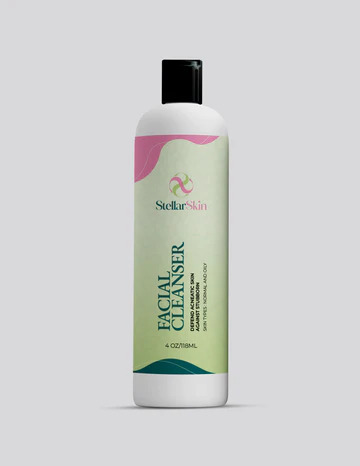The quest for the perfect moisturizer can be daunting when combating dry skin. Hydrating gels have gained prominence as effective solutions among the many options available. This blog post will delve into the science of hydration and explore how the best hydrating gels show their magic to combat dry skin.
Understanding the Basics of Dry Skin:
Before delving into the science of hydrating gels, it’s essential to comprehend why dry skin occurs. Dry skin, medically known as xerosis, is a common condition characterized by a lack of moisture. It can result from various factors, including environmental elements, genetics, aging, and skincare practices.
In healthy skin, the outermost layer, called the stratum corneum, acts as a barrier to prevent moisture loss. This layer consists of lipids (fats) and skin cells held together in a precise ratio. When this balance is disrupted, the skin’s ability to retain water is compromised, leading to dryness, flakiness, and sometimes irritation.
The Role of Hydrating Gels:
Hydrating gels, especially hydrating gel creams designed for women, have become popular choices for combating dry skin. These products are formulated to provide intensive hydration and replenish the skin’s moisture content. But how do they work?
- Water as the Primary Ingredient: The key to the effectiveness of hydrating gels lies in their high water content. Water is one of the most basic and essential elements for skin hydration. When applied to the skin, it helps replenish lost moisture and improves the skin’s ability to retain it.
- Humectants: Many hydrating gels contain humectants, such as hyaluronic acid and glycerin. These substances attract water molecules and bind them to the skin, increasing hydration levels. Hyaluronic acid, in particular, has the remarkable ability to hold up to 1000 times its weight in water.
- Emollients: To prevent moisture loss and create a barrier on the skin’s surface, hydrating gels often contain emollients like ceramides and fatty acids. These ingredients help seal the hydration, making the skin soft and supple.
- Quick Absorption: Hydrating gels are known for their lightweight and fast-absorbing nature. They penetrate the skin quickly, delivering moisture deep into the epidermis without leaving a heavy or greasy residue.
- Non-Comedogenic: Most hydrating gels, including hydrating gel creams, are non-comedogenic, meaning they won’t clog pores. This feature is particularly crucial for individuals with dry skin prone to acne or sensitivity.
Choosing the Best Hydrating Gel for Dry Skin:
Selecting the right hydrating gel for dry skin is essential for achieving optimal results. Here are some considerations when choosing the best product:
- Ingredients: Look for hydrating gels that contain water-binding agents like hyaluronic acid and glycerin. Emollients such as ceramides and natural oils can also be beneficial.
- Fragrance-Free: Fragrances can be irritating for dry skin, so opt for fragrance-free or hypoallergenic products.
- Skin Type: Consider your specific skin needs. Some hydrating gels are formulated for sensitive skin, while others may focus on anti-aging benefits.
- Texture: Choose a texture that suits your preference. While some prefer lightweight gels, others may opt for richer hydrating gel creams.
In conclusion,
The science of hydration involves replenishing the skin’s moisture content to combat dryness effectively. Hydrating gels, especially hydrating gel creams for women, play a crucial role in this process. By understanding the key ingredients and factors that make hydrating gels effective, you can make informed choices to achieve soft, supple, and well-hydrated skin, even in the driest conditions.

